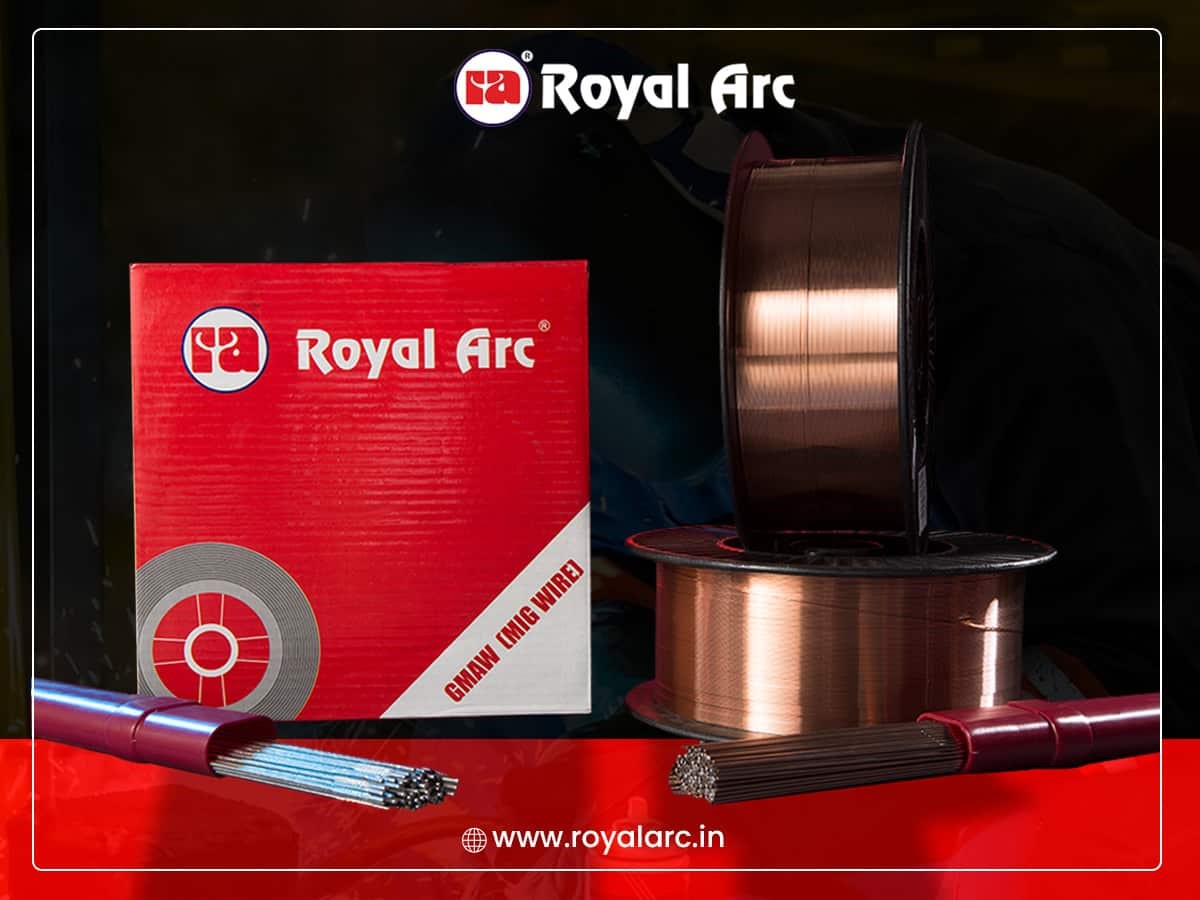
The Complete Guide to the Different Welding Electrode Types for Perfect Welding
Welding electrodes also referred to as welding rods, play a crucial role in the welding process. They are available in a wide range of sizes and materials to cater to varied welding tasks. Welding electrodes consist of metal rods coated in a powdered metal and mineral mixture. It's a key component in the welding technique known as "stick" or "shielded metal arc welding" (SMAW). The rod provides filler metal for the weld and acts as an electrical conductor for the arc.
Both consumable and non-consumable uses of welding rods are possible. Consumable rods break down or melt to provide the glue that binds two metal components together. However, in an oxygen-rich atmosphere, non-consumable rods provide just enough of a catalytic reaction to encourage the fusion of the base metals.
The length of the continuous weld bead depends on the welding rod’s length. Weld beads get shorter as electrode length increases. Since a more extended welding tool takes longer to melt, it deposits less filler metal on the workpiece simultaneously.
Welding electrodes come in many forms, each optimised for a particular welding process.
Mild Steel Electrode
The most widely used welding electrodes are mild steel electrodes. Low-carbon steel welding electrodes are available with a wide range of coatings to meet a wide range of application requirements. They're simple to apply and yield a secure joint.
Low Hydrogen Electrodes
It's best to utilise electrodes with low hydrogen content when welding metals, including high-strength steel. Because of their low hydrogen content, hydrogen-induced cracking is less likely to occur in them. These electrodes are great for use when a strong weld is necessary.
Stainless Steel Electrodes
Welding stainless steel requires stainless steel electrodes. They exist in many different shapes and sizes, each optimised for welding a specific type of stainless steel. They generate a high-quality weld and have excellent corrosion resistance.
Cast Iron Electrodes
Cast iron is notoriously challenging to weld; hence, specialised electrodes are essential. A nickel-iron covering keeps them from breaking under stress. You can use these electrodes for anything from welding to fixing cast iron parts.
Flux-Cored Wire Electrodes:
Welders frequently utilise flux-cored wire electrodes because they don't require a separate shielding gas. They are less vulnerable to the effects of wind and weather, making them perfect for welding in open spaces. They're versatile since you can use them with many metals, from mild steel to stainless steel to cast iron. Flux core welding has many advantages.Flux-cored wire electrodes are better for thicker materials and outdoor applications than MAG welding. FCAW is portable and convenient without a shielding gas because the filler wire shields it from strong gusts. Its increased wire deposition rates and arc stability allow high-speed applications without compromising weld quality.
Choosing the Right Welding Electrode
Metal type, welding location, and desired weld characteristics decide the best welding electrode. Consider metal thickness while determining an electrode size. For instance, metals of varying thicknesses call for different-sized electrodes. The following are some crucial elements that every welder should consider when choosing electrodes.
Base Metal
The composition of the base metal is an important consideration before welding. First, locate a welding rod that closely resembles the base metal. Following these steps will give you a better chance of creating a solid weld.
Tensile Strength
The tensile strength of the welding electrode must be compatible with that of the base metal. If you fail to do so, it may lead to fractures and other obstructions. You can tell the welding rod's tensile strength by looking at the first two digits.
Welding Current
Welding electrodes typically work with both alternating current (AC) and direct current (DC) power sources. Check the welding rod's fourth number to find out what current to use.
Positions to Weld
The third digit of an electrode's AWS number indicates its permitted location. The first digit is for flat, horizontal, vertical, and above positions, while the second is for flat and horizontal only. Using a 6010 electrode in any of the four possible orientations (flat, horizontal, vertical, and overhead) is possible.
Requirements and Maintenance
Consider the eventual application of the welded part. A low hydrogen electrode with excellent ductility reduces weld cracking in high-heat or low-temperature settings with recurrent shock loading. Check welding parameters while building pressure vessels or boilers. These welding standards often stipulate the use of a particular electrode variety.
Conclusion
In conclusion, welding electrodes are crucial to the success of every welding project. Welding jobs need different-sized and shaped tools. Knowing the different types of welding electrodes and how to use them properly is essential for producing high-quality welds. Welders can get strong, dependable welds by considering these things when selecting the right welding electrode. You can select the optimal electrode by considering the welding material, position, and desired weld characteristics.
